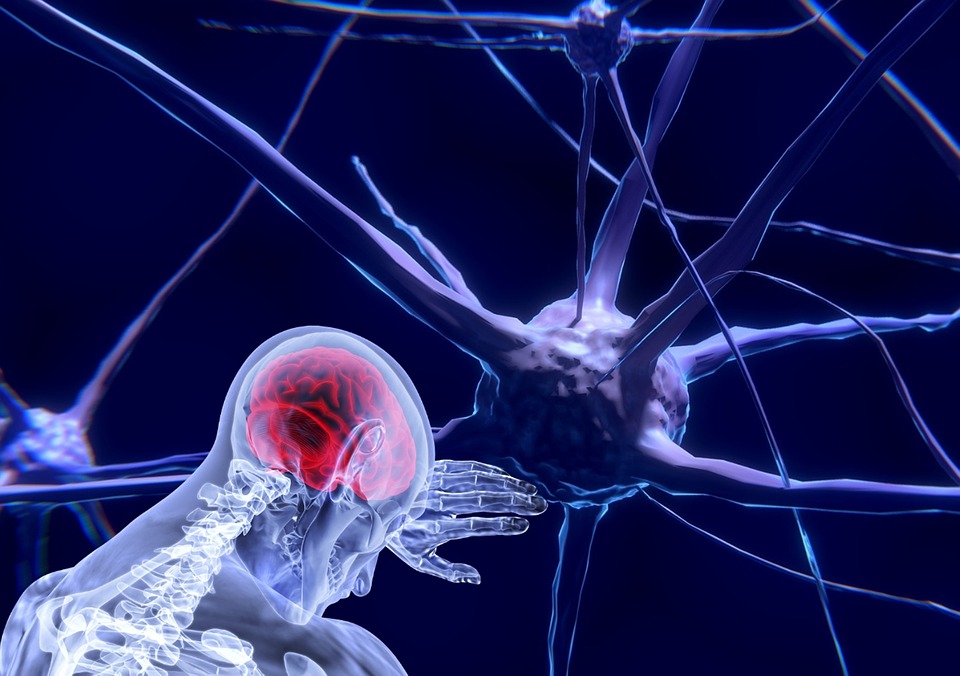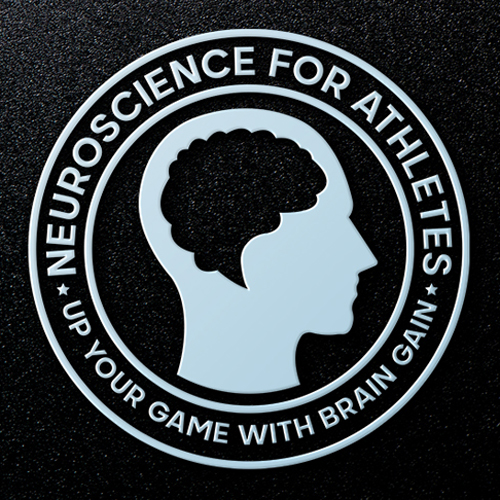A section that explains various training techniques, such as visualization, mindfulness, and neurofeedback, that have been shown to improve athletic performance.

There are several training techniques that have been shown to improve athletic performance by optimizing brain function. These include:
These training techniques can be used in combination or separately to optimize brain function and improve athletic performance. It is important to note that individual results may vary and that it is always best to consult with a doctor or sports medicine professional before starting any new training program.

